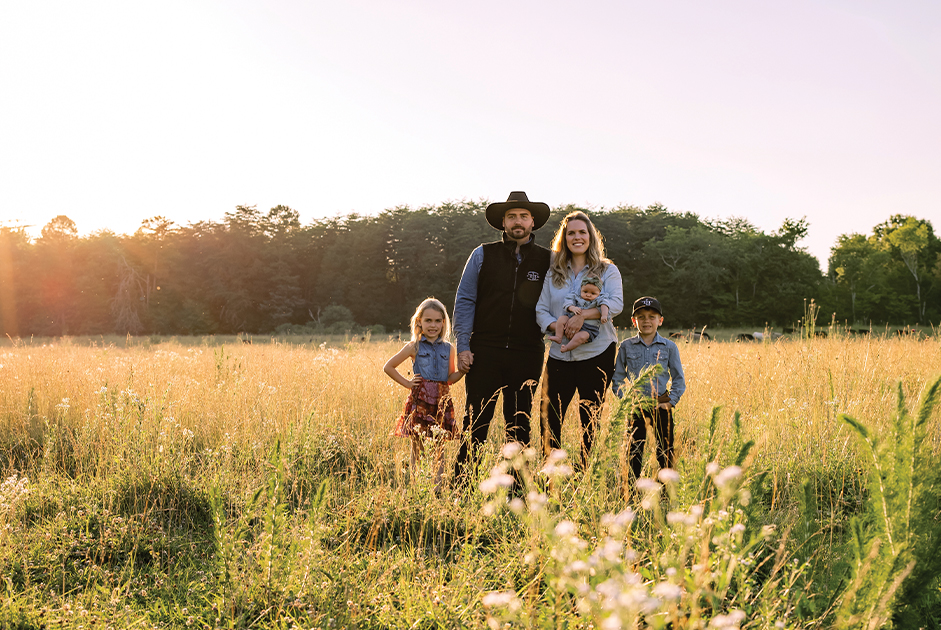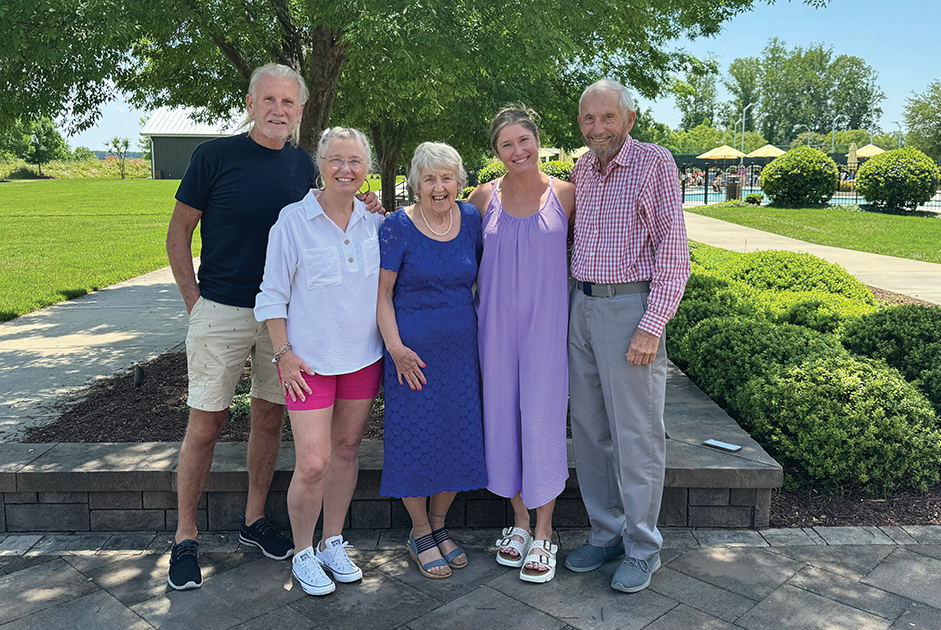PHOTOS BY KAT STANAS
When the holiday sparkle fades away and we slide into another calendar year with endless possibilities, I faithfully launch into my ‘new year, new me’ mode with new resolutions, vision boards, and periods of manic manifesting. It’s a lot. And, the pattern is always the same. I start off solid, hitting the gym for a monumental 60-min workout on January 2nd, going strong for a few days and then falling off by the time we get to January 15th. My ‘get in the best shape of my life’ resolution officially comes to a screeching halt, along with my ‘eat healthier’ and ‘meditate once a day’ goals. This has been my cycle for at least 5 years now, and I know I’m not alone – according to US News 80% of people give up on their New Year’s Resolution by February. 80%!

2023 is the year that I will break the cycle (a resolution in itself!), and find a healthy way to stick to my resolutions. To do this, I kicked off my research a few weeks ago and I leaned heavily on the words and wisdom of James Clear through his book Atomic Habits (Tiny Changes, Remarkable Results). His book defines an easy, and proven way, to build good habits, which ultimately helped me on my path to achieve my resolutions. It articulated the mental shift I needed to make and offered excellent tips to be successful. But first, and most importantly, it helped me identify where I had gone wrong in setting resolutions in years past. Here are a few things I learned about my behavior that was holding me back:
- Big transformations vs. small achievable wins. I was convinced that massive success required massive action, expecting a once-in-a-lifetime-transformation (i.e. get in the best shape of my life) without thoughtfully giving myself the tools & time to get there. Instead, I should have been focused on tiny improvements because tiny improvements overtime can be astounding (and life changing). The effects of small habits compound overtime and are meaningful (and a lot easier to digest!).
- Setting goals vs. establishing systems (or, tiny habits) to achieve results. According to James Clear, “Goals are about the results you want to achieve. Systems are about the processes that lead to those results.” I had been so focused on the goal itself without much thought on the plan or the steps to get there. That is where I went wrong. The emphasis should have been on the plan, not necessarily the end result. To quote James again, “You do not rise to the level of your goals. You fall to the level of your systems.” If you want results (and to drive change), forget about setting ‘goals’ but instead focus on establishing your systems.
- Expecting immediate results. I was expecting my results to be linear (a straight line of progress) with immediate results vs. the reality that real change takes time – and the most powerful outcomes of any compounding process are delayed. Net: I need to be patient.

My takeaway is that I need to establish new, tiny habits (behaviors that are repeated enough times to become automatic) to achieve my results and change my behavior over time. Science backs this up, because once a habit is formed, the level of activity in your brain decreases because these habits are so automatic you no longer think about doing them (like buckling your seatbelt when you get in a vehicle). So, over the last few weeks I put it into practice, creating tiny habits that would enable me to get up earlier in the morning and workout to become a stronger/early riser version of myself. Here are a few of the Atomic Habit rules that I applied to help me develop good (new) habits:
- Make it obvious: I created clear and obvious cues to enable my workouts in the morning. For starters, I set an alarm that woke me up to a song that motivates me. I also applied something called ‘habit stacking’. This is where you stack a new habit in between existing habits that are already formed. For example: when I wake up, I brush my teeth, drink a glass of water, and drink coffee. I then wedged my new workout habit right in between the glass of water and drinking coffee.
- Make it attractive: Find a way to make this new habit attractive to you. For me, I don’t necessarily love working out while in the moment, but I love how I feel afterwards, and I love connecting with friends who are doing similar workouts – sharing the highs & lows of the session. So to help me on my journey, I over indexed on connecting with my app workout friends. I also tried something referred to as ‘temptation building’. This is a strategy where you pair an action you want to do with an action you need to do. So, for example, I love my first cup of coffee in the morning. But, in order to enjoy that first cup of coffee, I had to get my workout in first.
- Make it easy: This pillar is specific to removing any friction or obstacles that would block you from your newly formed habit. For me, I laid out my workout clothes, mat, and had my class teed up to play the night before so all I had to do was roll out of bed and basically hit play.
- Apply the 2-minute rule: it takes 2 minutes to start a habit, and then it can be refined and modified to achieve the best results. So, when a full 45 minute (or 30 minute, or to be honest even 15 minute,) morning workout felt daunting, I applied the 2 minute rule and did the bare minimum. When you start practicing a new habit, consistency is important, and even at the 2 minute minimum it will become a ritual. Remember, it’s small steps that matter most.
Happy New Year – may all your resolutions come true!



















